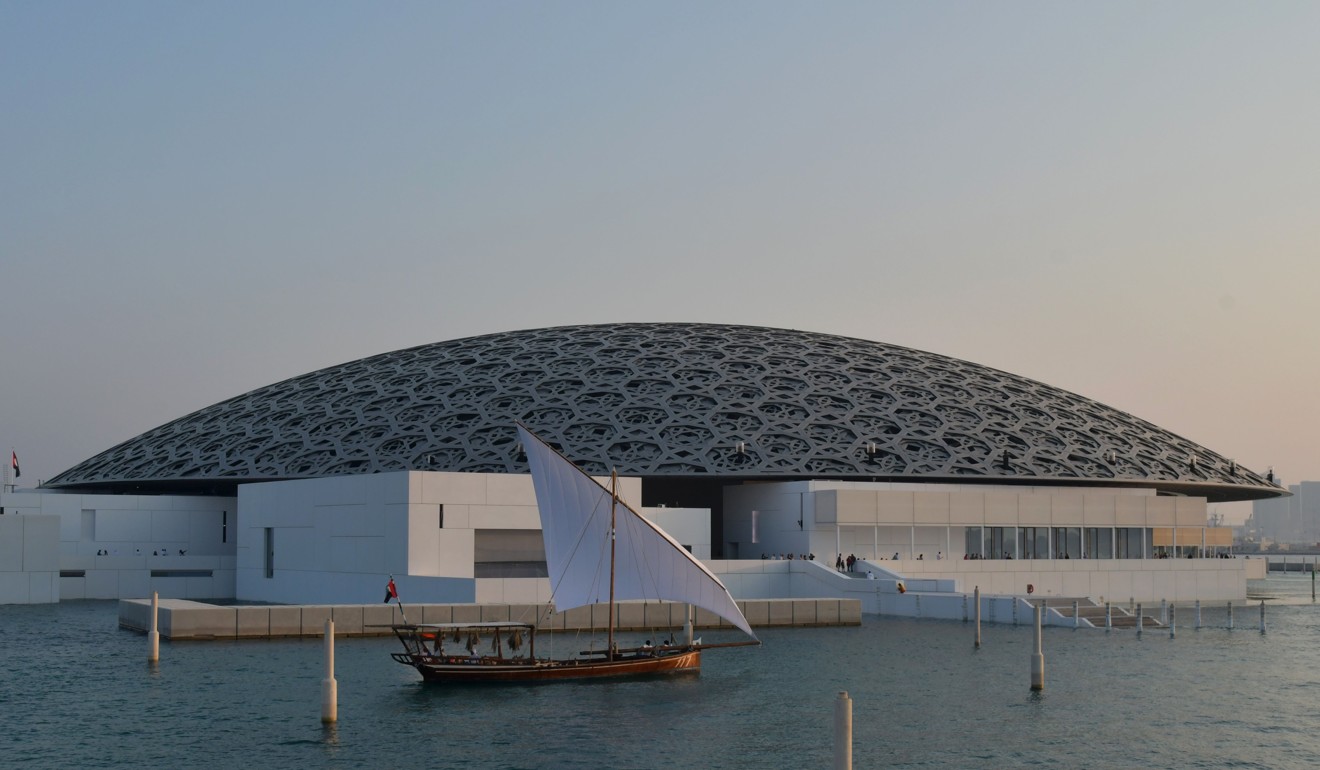
Da Vinci scholar Matthew Landrus challenges attribution of record $450 million work
It wasn’t Leonardo da Vinci who painted Salvator Mundi, an Oxford historian claims, but an assistant whose work sells for far less
Months after the painting Salvator Mundi sold for a record-breaking US$450 million (£335 million), a leading Oxford art historian is challenging its attribution to Leonardo da Vinci.
Matthew Landrus, a Leonardo scholar, believes most of the painting is by the artist’s studio assistant Bernardino Luini, whose own work generally sells for less than £1 million.
“This is a Luini painting,” Landrus said. “By looking at the various versions of Leonardo’s students’ works, one can see that Luini paints just like that work you see in the Salvator Mundi.”
He said between 5 per cent and 20 per cent of the painting was by Leonardo, and that Luini was the “primary painter”.
The picture of Jesus gesturing with his right hand while holding a crystal orb in his left, was sold last November by Christie’s New York as “one of fewer than 20 known paintings by Leonardo”.

Some of the world’s foremost experts confirmed the Leonardo attribution in 2011, when Luke Syson, the National Gallery curator at the time, included the painting in a Leonardo retrospective at the London gallery that year.

But other leading experts have their doubts. Frank Zöllner, a German art historian at the University of Leipzig, believes the Salvator Mundi could be a “high-quality product of Leonardo’s workshop” or even a later follower, and Charles Hope, the Italian Renaissance specialist, has argued that accepted Leonardo paintings look “quite different”.
Michael Daley, the director of ArtWatch UK, criticised the painting for its lack of Leonardo’s “greater naturalism and complexity of posture”, and said Landrus’s theory was “very interesting”.
Sources say that some Louvre staff also have their doubts. They were surprised to learn that Vincent Delieuvin, the head of the museum’s 16th-century Italian art and one of the curators of its Leonardo Paris exhibition, declined to comment on the painting when The Guardian approached him.
Landrus, a research fellow at Wolfson College, Oxford, has published numerous books on the artist. His latest, Leonardo da Vinci, is published in September.
The book is a substantial update of his 2006 publication, which has sold about 200,000 copies in 15 languages. The Salvator Mundi had not yet surfaced then as a Leonardo painting.
Landrus said: “I can prove that Luini painted most of that painting. A comparison of Luini’s paintings with the Salvator Mundi will be sufficient evidence.”
Describing Luini as one of Leonardo’s two most talented studio assistants, he has compared Luini’s Christ among the Doctors in the National Gallery with the Salvator Mundi.
The evidence has led him to conclude that Luini was “the only reasonable candidate for much of the authorship”. He added: “By traditional standards, we can call it ‘a Leonardo studio’ painting.”
Landus highlighted stylistic similarities, including the depiction of the gold bands and the fabric on the robes, saying: “One sees a similar construction on both of those gold bands and on the way the drapery is done. Luini did other paintings that had very good gold tracery in them. Also Christ’s face in both paintings has very similar modelling and, while the hairstyles are slightly different, the approaches are quite similar. Also, the shoulders on Christ are very similar.”
Pointing to a photograph of the Salvator Mundi before its extensive restoration, he said: “There’s a lot of missing paint in certain sections. So it really does add to the discussion about how overpainted it is.”
Landus believes that, if Leonardo’s hand is there, it is in the sophistication of the “sfumato technique, the subtle gradations of shading that avoid perceptible contours or dramatic shifts in tonal values”.
The Salvator Mundi was in fact attributed to Luini in 1900, when it was acquired by Charles Robinson for the Cook collection.
“It’s more accurate than just calling it a Leonardo,” Landrus said.


